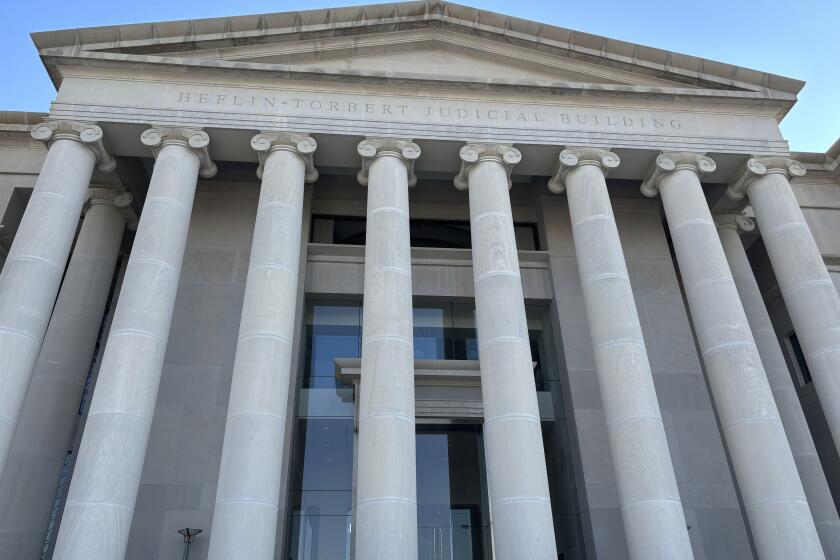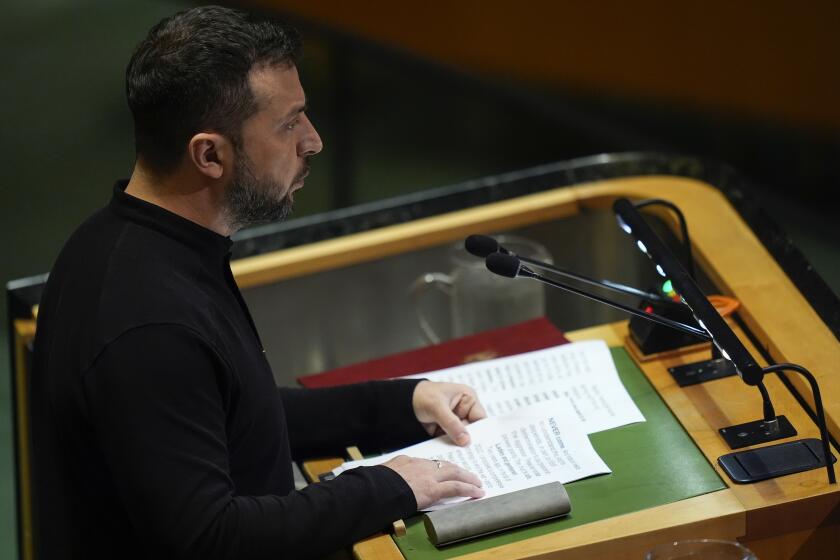In Chile, surfers roll in with quake aid
When the earthquake hit last weekend, this surfing hamlet was hosting a competition from its signature point: the rock of San Pedro, splashed with a colorful mural of a surfer and partyers on the beach.
A week later, young Chilean volunteers and environmentalists from the United States arrived in Curanipe, unified in their passion for surfing and a yearning to help this ravaged stretch of coast.
“We’re surfers, but we left our boards and our wetsuits behind. We’ve come here to help,” said Joshua Berry, environmental director of the Save the Waves Coalition, a California-based nonprofit that seeks to protect surf spots across the globe.
The magnitude 8.8 earthquake and the ensuing tsunami waves caused vast destruction and loss of life along more than 400 miles of Chile’s coast, including Curanipe, where houses were left in splinters, roads buckled and cars tossed into the water.
Surfers worldwide have forwarded donations after receiving solicitations for aid from concerned groups via Twitter and Facebook, among other forums.
Berry and a colleague arrived Saturday with plans for an international relief effort, including the distribution of water, water filters, food and medical services. The group already has raised $50,000, Berry said, much of it through the Internet.
Meanwhile, busloads of young volunteers have been arriving here from Santiago, the Chilean capital, about 300 miles to the north. Many were introduced to the region during summer vacations and surf outings.
“We’ve enjoyed this area, and we have a responsibility to assist it as much as we can,” Rodrigo de la O, an area environmentalist, surfer and former fisherman, told one group of several volunteers. “Just show a lot of heart to the people.”
Chile has emerged in recent years as a world-class surfing destination, winning deep allegiance from enthusiasts.
For surfers ever on the quest for new and exotic locales, Chile has a lot to offer: a picturesque, pine-shrouded coast, huge swells from the southern Pacific and consistent “point breaks,” waves that break evenly and smoothly off the many rocky points, allowing for lengthy and exhilarating rides.
Small towns such as Curanipe, Tregualemu and Buchupureo have become surfing hubs, joining the Chilean surfing capital, Pichilemu, to the north. Surf shops, campsites, restaurants and other facilities have sprung up, providing a boost for an economy traditionally reliant on farming, ranching and fishing.
A quick tour Saturday indicated that quake damage in the area was spotty, but downed buildings, damaged bridges and severed roads were in evidence everywhere.
Especially hard hit was Pelluhue, about five miles to the north, where a scuba team searched for bodies in an estuary.
No breakdown of casualty figures was available.
But the devastation appeared less severe than in Constitucion to the north, the obliterated town of Dichato to the south and the reeling city of Concepcion.
Some here speculated that this region’s proximity to the epicenter may have been an asset: The tsunami may have struck with somewhat less force than in spots farther up or down the coast. In some coastal areas, the tsunami surges did more damage than the earthquake did.
The surfing zone here still mostly remains without running water, electricity or access to drinking water. Most shops are closed.
“As soon as the quake happened, we started to organize to help,” said Matias Alcalde, 24, a hydraulic engineering student and surfer from Santiago who helped found a support group to aid the coast, sending out the word via the Internet.
Alcalde, in baggy shorts, sunglasses and sneakers, could have passed as a visiting Southern California surfer as he helped coordinate the arrival of volunteers and aid near the debris-laden beachfront.
“We surfers love the area,” Alcalde said, “and we want to give something back to the people who have been so kind and generous to us.”
patrick.mcdonnell @latimes.com
More to Read
Sign up for Essential California
The most important California stories and recommendations in your inbox every morning.
You may occasionally receive promotional content from the Los Angeles Times.










